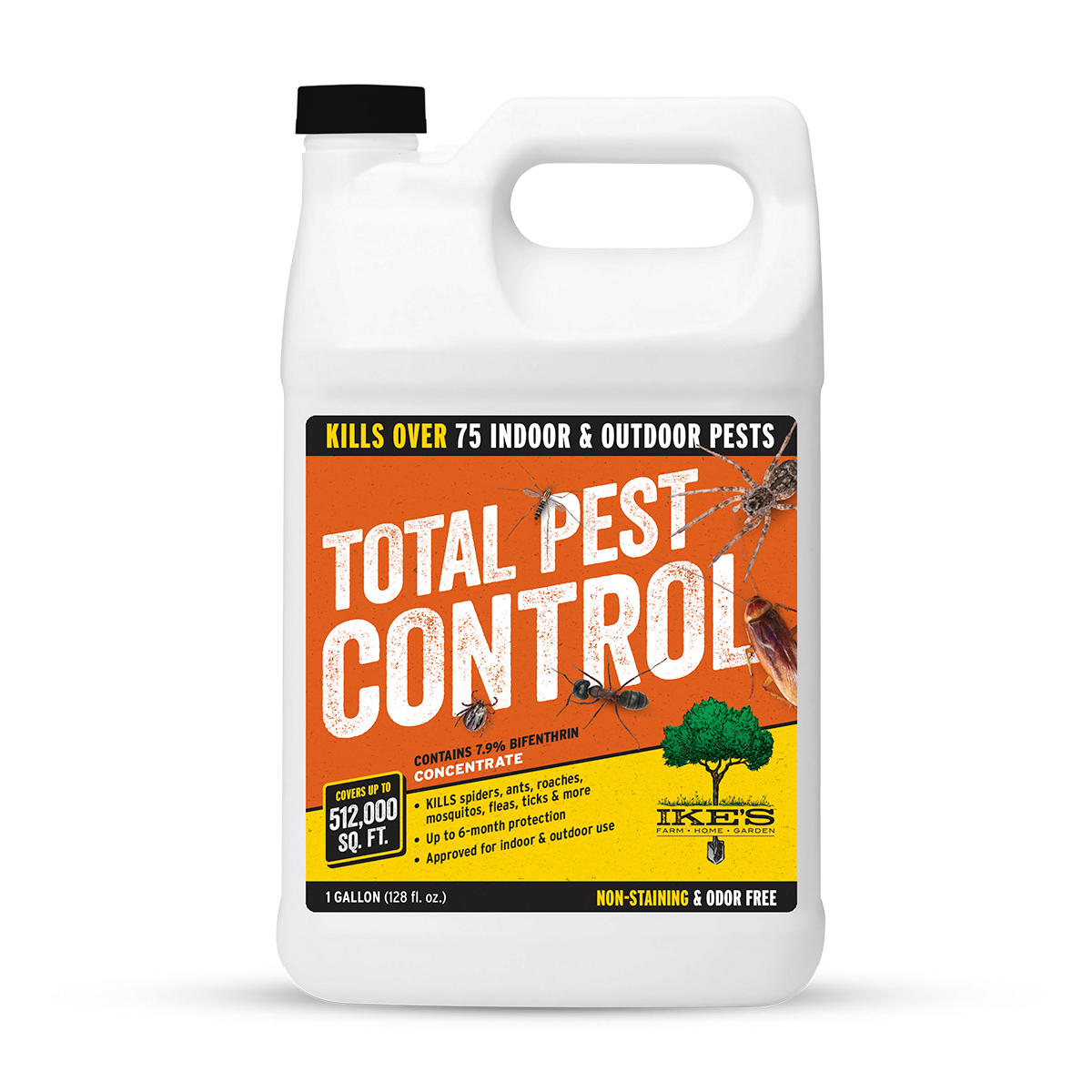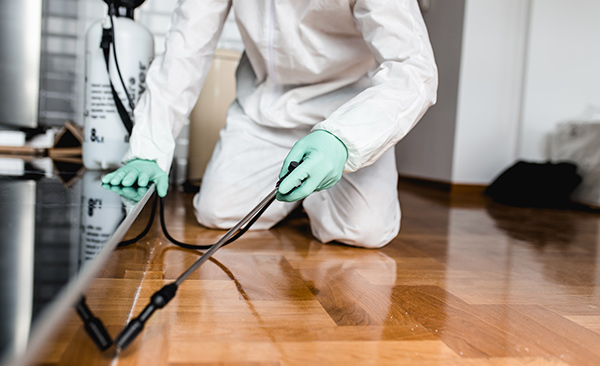How Pest Control Homestead Keeps Families Safe Year-Round
Parasite Control 101: Identifying Common Pests and Their Reliable Therapies
Bug control is an essential element of maintaining a healthy living environment. Typical parasites like ants, rodents, and different bugs can position significant challenges. Understanding their behaviors and indicators of problem is important for efficient management. While chemical options exist, there are also natural choices worth considering. As one checks out the subtleties of pest identification and therapy choices, the relevance of prevention strategies comes to be significantly evident. What methods can absolutely maintain insects away?
Determining Ants: Types and Their Environments
Ants, little yet awesome bugs, are a varied team that can be located in different settings across the globe. There are over 12,000 determined varieties, each exhibiting one-of-a-kind actions and adjustments. Typical kinds include the black garden ant, which flourishes in temperate areas, and the fire ant, known for its excruciating sting, widespread in warmer regions. Woodworker ants favor moist timber, making them a problem for house owners, while fragrant residence ants are attracted to human food resources.
Ants build elaborate nests, often below ground, in wood, or within structures. Their habitats vary from forests to urban settings, showcasing their flexibility. Most varieties are social, residing in swarms that can vary in size from a couple of lots to millions. Recognizing the kind of ant is important for reliable insect monitoring, as each types has various nesting behaviors and foraging behaviors that influence control strategies. Recognizing their environments aids in avoidance and therapy initiatives.
Acknowledging Rodents: Indicators of Infestation
Rodents, like ants, can pose considerable obstacles for businesses and homeowners alike. Recognizing indicators of a problem is vital for efficient insect control. Typical indications consist of droppings, which are commonly found near food sources or nesting areas; little, dark pellets that can be mistaken for seeds. Eaten cords, furnishings, or product packaging might also signal a rodent visibility, as they continually gnaw to maintain their teeth workable. Furthermore, house owners may discover gnaw marks on wall surfaces or baseboards. Undesirable odors, originating from pee and droppings, can indicate a bigger trouble. Scratching or scooting sounds, specifically in the evening, are another dead giveaway of rats. Ultimately, the existence of nests, normally made up of shredded materials like paper or material, can validate an invasion. Addressing these indications promptly can assist reduce damages and protect against the spread of illness connected with rodents.
Common Insect Vermin: From Aphids to Termites
Bugs represent a diverse team of pests that can unleash havoc in yards and homes, with types varying from little aphids to destructive termites. Aphids are small, sap-sucking insects that can swiftly infest plants, resulting in stunted growth and distortion. They usually attract ants, which shield them from all-natural predators. On the various other end of the spectrum, termites are infamous for triggering substantial architectural damage to wooden frameworks. They consume cellulose discovered in wood, jeopardizing the stability of structures and homes. Other common bug bugs consist of roaches, which flourish in unhygienic problems, and vermins, known for their bites and problem in eradication. Flies, especially houseflies, can pollute food and transmit conditions, while insects posture health threats via their bites. Reliable insect administration starts with recognizing these pests and recognizing their actions, which is necessary for securing and stopping infestations both property and health.
Reliable Therapies: Chemical and Natural Solutions
While house owners usually look for prompt relief from parasite invasions, selecting the right treatment-- whether chemical or all-natural-- needs cautious consideration of effectiveness and safety. Chemical options, such as insecticides and pesticides, can provide quick results visite site yet frequently carry risks, consisting of potential damage to environmental concerns and non-target species. Homeowners need to check out tags, comply with application guidelines, and think about the timing of therapies to reduce dangers.
Alternatively, natural remedies, such as diatomaceous planet, necessary oils, or homemade catches, attract those looking for green options. They might take longer to show results, many natural treatments are more secure for homes with youngsters and family pets. Integrated insect management, which integrates both chemical and all-natural approaches, can also work. Ultimately, the choice between these therapy kinds ought to line up with the extent of the problem, individual values pertaining to safety and security, and the specific pest being targeted
Avoidance Techniques: Keeping Your Home Pest-Free

Additionally, appropriate landscaping can deter bugs; keeping bushes cut and removing particles from the yard lessens hiding locations. Homeowners ought to additionally consider dampness control, as many bugs grow in damp problems. Repairing leakages and making certain proper water drainage can alleviate this risk. Ultimately, using natural deterrents, such as necessary oils or diatomaceous planet, can produce a negative setting for pests. By carrying out these strategies, people can develop a pest-free home and decrease the likelihood of future infestations.
Often Asked Questions
How Do I Know if I Have a Bug Issue?
Indications of an insect issue include droppings, chomp marks, nests, or unusual noises. Observing harmed food or residential property, along with unexplained attacks or rashes, may likewise indicate the visibility of bugs in the setting.
Are There Any Seasonal Pest Trends to Be Knowledgeable about?

Can Indoor Plant Kingdom Bring In Parasites?
Indoor plants can indeed draw in bugs, as they provide an ideal environment for bugs like aphids and crawler mites. Pest Control Homestead. Appropriate care and routine inspection are important to protect against problems and preserve plant health and wellness
What Are the Wellness Risks Related To Bug Infestations?
Bug infestations posture various their website health threats, consisting of allergies, respiratory problems, and the spread of conditions. Direct exposure to bugs like pests and rodents can result in infections, bites, and contamination of food and living atmospheres.
Exactly how Usually Should I Examine My Home for Bugs?
Routine inspections must take place at least once every season, ensuring any signs of parasite task are spotted early. Property owners might adjust frequency based upon their particular environment and previous bug concerns. Uniformity is essential.
Common bugs like ants, rodents, and various insects can position substantial obstacles. Recognizing the kind of ant is vital for efficient pest management, as each types has different nesting habits and foraging habits that influence control strategies. While property owners usually seek immediate relief from pest infestations, picking the ideal treatment-- whether chemical or all-natural-- needs cautious factor to consider of effectiveness and safety and security. Reliable insect control prolongs past instant treatments; it likewise includes positive measures to avoid problems prior to they begin. Seasonal insect fads usually include increased rodent task in fall as they seek heat, while spring usually brings an increase of ants and termites.